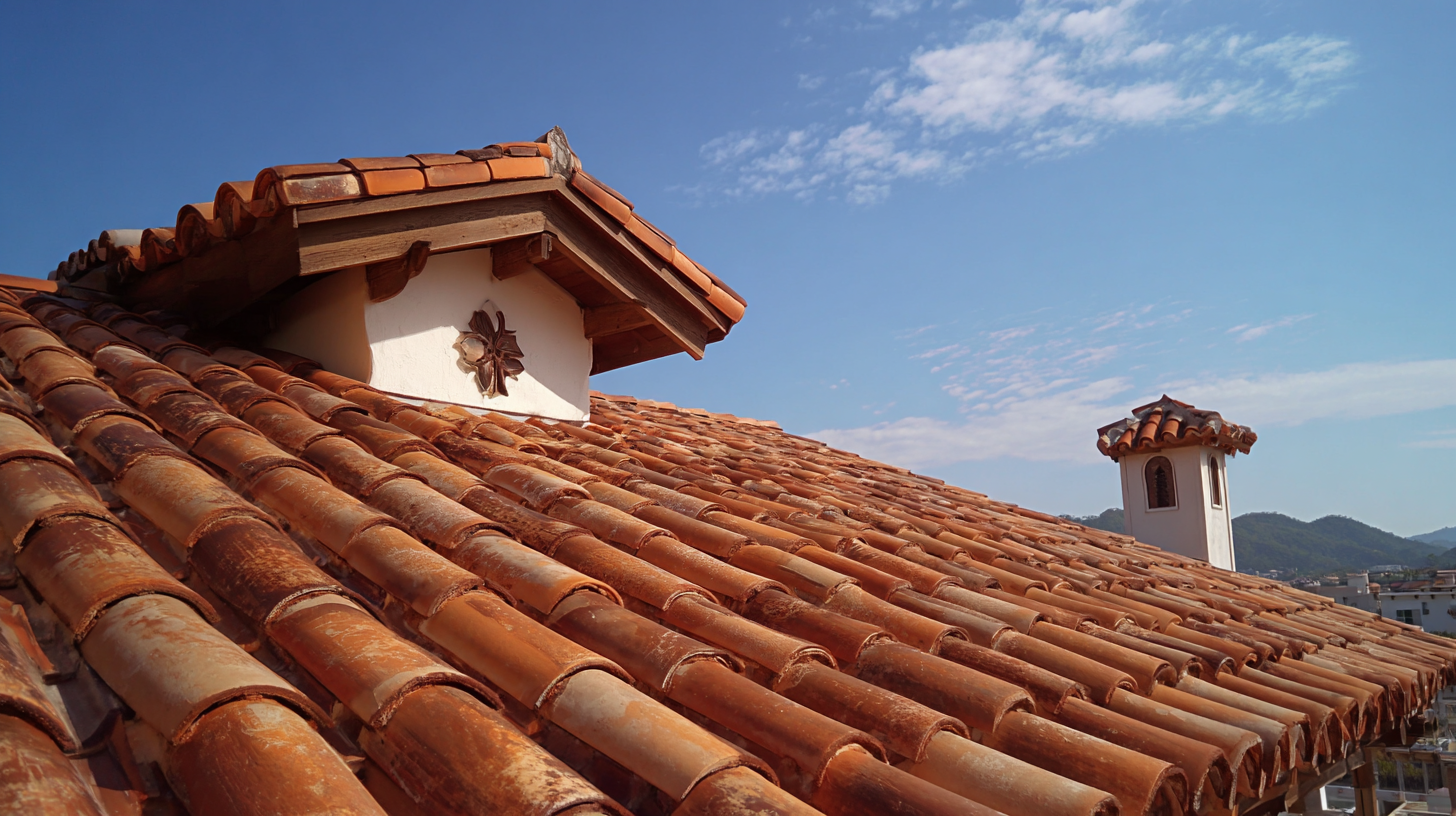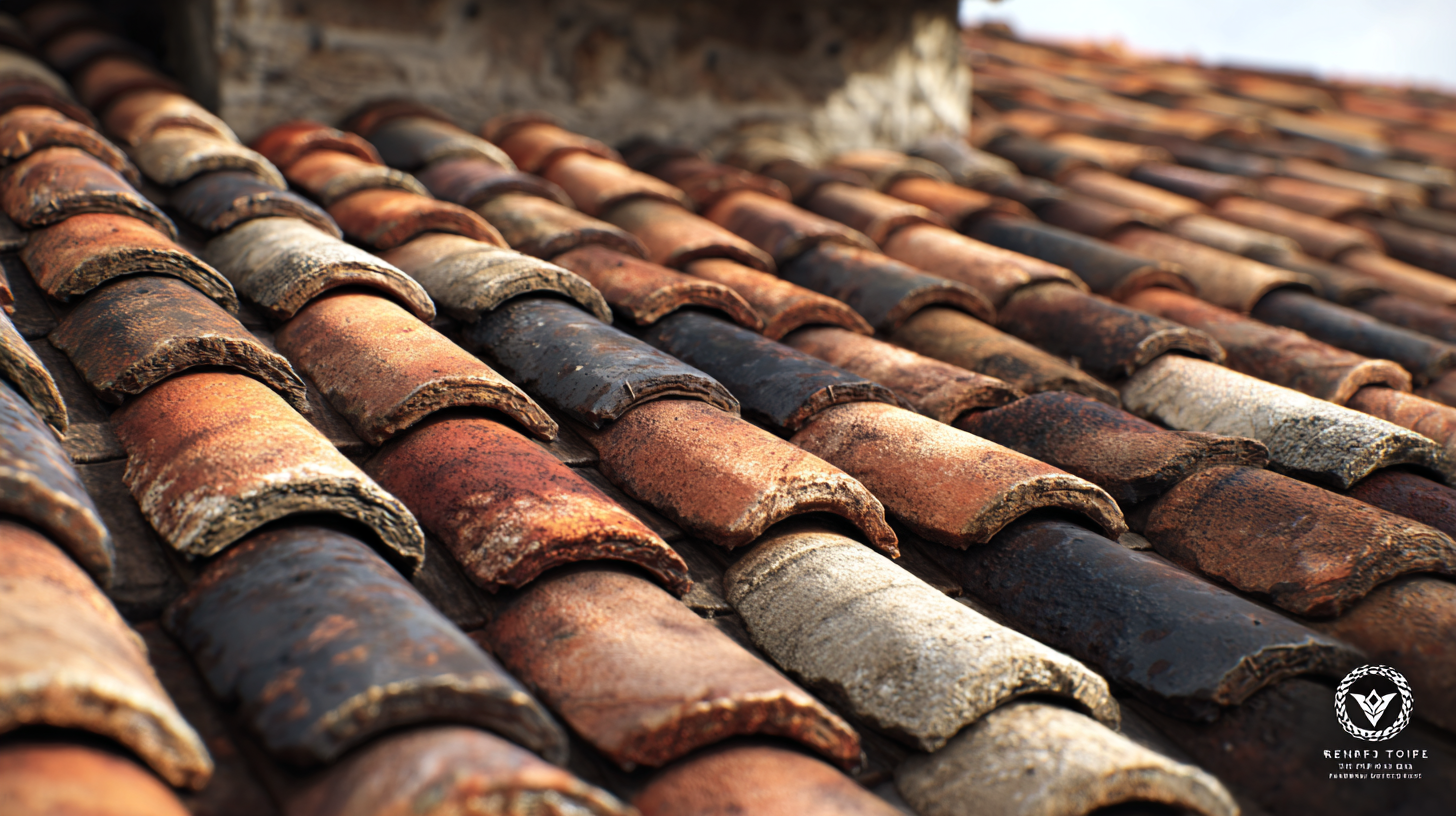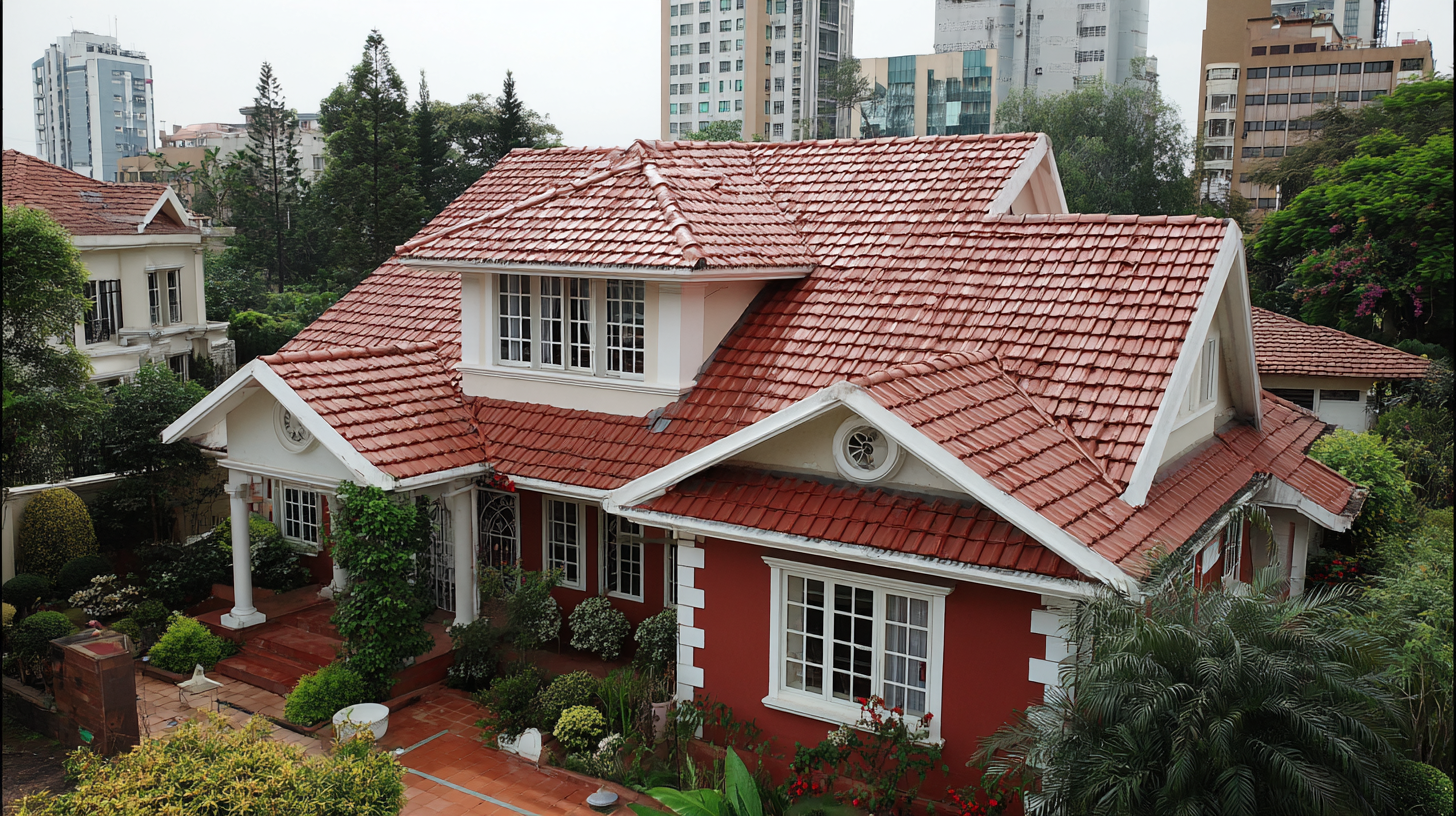
Leave Your Message
-
Phone
-
E-mail
-
Whatsapp

In the realm of home construction and renovation, choosing the right materials is crucial, particularly when it comes to roofing. Residential roof tiles have become increasingly popular due to their durability, aesthetic appeal, and energy efficiency. According to a report by the National Roofing Contractors Association, approximately 60% of roofs in residential settings are now being replaced with tile options, highlighting a significant shift towards their use. Residential roof tiles not only offer various design choices but also provide enhanced protection against weather conditions, contributing to a home's longevity and value.

This blog will explore the distinct characteristics and applications of different types of residential roof tiles, along with practical guidance on selecting the ideal option for your home improvement needs.
When selecting residential roof tiles, the choice of material is crucial for both aesthetics and functionality. The market offers various materials, including asphalt shingles, clay tiles, slate, and metal roofing, each with distinct benefits. According to the National Roofing Contractors Association, asphalt shingles dominate the North American market, accounting for approximately 75% of all residential roofing installations due to their affordability and ease of installation. However, homeowners seeking longevity may consider clay or slate tiles, which can last over 100 years and provide excellent insulation, even though they come with a higher upfront cost.
**Tip:** When choosing roof tiles, consider your local climate. For instance, clay tiles are ideal for hot climates as they reflect heat, while slate is a better choice in areas prone to extreme weather due to its durability.
Another critical factor is the weight of the material; metal roofs are lightweight and can often be installed over existing roofing, saving on labor costs. According to a report by the Roofing Industry Alliance for Progress, proper installation is key to maximizing durability. Therefore, engaging a certified roofing contractor is essential to ensure your selected materials perform as expected.
**Tip:** Always verify that the roofing materials comply with local building codes and insurance requirements to avoid future issues.
When it comes to selecting roof tiles for residential buildings, homeowners often find themselves at a crossroads between durability and aesthetics. On one hand, the longevity and resilience of roof tiles are crucial in protecting a home from the elements. Tiles made from materials like clay or concrete not only withstand harsh weather conditions but also provide excellent insulation and energy efficiency. This durability factor ensures that the roof remains intact for decades, reducing the need for frequent repairs and replacement, making it a practical choice for homeowners.
On the other hand, the visual appeal of roof tiles cannot be overlooked. A well-chosen roof tile enhances the overall aesthetics of a home, contributing to its curb appeal and market value. Options like slate or terracotta offer timeless beauty and can complement various architectural styles. Striking the right balance between functionality and style is essential. Homeowners should consider how the color, texture, and design of the tiles align with their home’s exterior, while also ensuring that the selected material meets local climate demands and personal preferences. Ultimately, investing in roof tiles that harmoniously blend durability with aesthetic value will result in a charming and robust roof that stands the test of time.
| Tile Type | Durability (Years) | Aesthetic Appeal (1-10) | Weight (lbs/sq ft) | Cost ($/sq ft) |
|---|---|---|---|---|
| Clay Tiles | 50 | 9 | 8 | $6 |
| Concrete Tiles | 30 | 7 | 10 | $4 |
| Slate Tiles | 100 | 10 | 10 | $10 |
| Metal Tiles | 40 | 8 | 3 | $7 |
| Asphalt Shingles | 20 | 6 | 2 | $3 |
When it comes to residential roofing, energy efficiency is a paramount consideration that can greatly influence your home's comfort and utility bills. Roof tiles are an excellent option for homeowners looking to enhance their insulation. They possess natural thermal properties that help regulate a home's temperature, keeping it warmer in the winter and cooler in the summer. This dynamic is primarily due to the materials used in roof tiles, which can effectively reflect sunlight and reduce heat absorption, leading to lower dependency on heating and cooling systems.
Moreover, modern advancements in roofing technology have led to the development of tiles that are not only aesthetically pleasing but also feature improved insulation capabilities. Certain tiles come with built-in insulation layers, optimizing energy efficiency further. Additionally, the durability of roof tiles ensures long-term performance; they can withstand extreme weather conditions without compromising their insulating properties. By investing in high-quality roof tiles, homeowners are not just enhancing their home’s curb appeal; they are also making a sustainable choice that contributes to a more energy-efficient living environment.
When investing in residential roof tiles, understanding the cost considerations is essential. Quality roof tiles can significantly impact both the immediate budget and long-term value of a home. According to data from the National Roofing Contractors Association (NRCA), high-quality materials such as slate or clay tiles can range from $7 to $15 per square foot. While this initial investment may seem daunting, it is crucial to consider the durability and lifespan these materials offer; for example, slate tiles have a lifespan of 75-100 years, making them a worthwhile investment for homeowners aiming for long-term savings.

Moreover, a report from the Home Innovation Research Labs highlights that premium roof tiles often yield higher energy efficiency. Quality tiles, particularly those designed with reflective surfaces, can reduce cooling costs by up to 20% during hot months. This energy efficiency, combined with the longevity of the materials, presents a compelling case for investing in quality roof tiles—ultimately saving homeowners money over time in both energy and replacement costs. Therefore, while the upfront costs may be higher, the financial benefits of durable, energy-efficient roof tiles are substantial over the life of the roof.
When considering roofing options for your home, the environmental impact should be a primary concern. Sustainable roofing materials not only minimize ecological footprints but also enhance energy efficiency. According to a report from the Global Green Building Materials Market, sustainable materials are expected to see a compound annual growth rate (CAGR) of 12.4% between 2021 and 2026, indicating a robust shift towards eco-friendly solutions in construction.
Among the most popular sustainable roofing choices are clay and concrete tiles, which are sourced from abundant natural materials and have long lifespans, reducing the necessity for replacements. Additionally, metal roofing, often made from recycled materials, can offer up to 25% energy savings by reflecting solar heat, as highlighted by the Cool Roof Rating Council. Moreover, the integration of green roofs, which incorporate vegetation, not only aids in stormwater management but also contributes to air purification, emphasizing the multifaceted benefits of environmentally friendly roofing options.
